For buyers and sellers, requests for proposals (RFPs) are a regular part of day-to-day business — and for good reason. The RFP has a long history of helping organizations bring objectivity and order to procurement. Because the process is so common, there are a number of interesting RFP statistics to explore.
No matter which side of the process you’re on — buying or selling — RFP stats are worth paying attention to. Indeed, they reveal important current trends for both procurement and proposal professionals. Furthermore, these stats have additional implications and may help your organization prepare for the future of RFPs.
In this blog, I’ll share the 11 most revealing statistics about RFPs. We’ll explore a variety of topics including proposal team workloads, RFP process statistics, trends in RFP management software, industry challenges and more. With each statistic, I’ll offer a breakdown and key takeaways for procurement and proposal professionals. Finally, I’ll share all of my RFP statistics sources so you too can discover the data and draw your own conclusions.
62 percent of APMP members work more than 40 hours per week on proposals and 45 percent work additional hours on secondary responsibilities.
The U.S. Bid and Proposal Industry Benchmark Report from the Association of Proposal Management Professionals (APMP) indicates that as of 2019, most proposal professionals work more than 40 hours per week. In fact, 14 percent report regularly working more than 50 hours per week. In addition to those hours, 45 percent of respondents have secondary duties. For example, some members may also have marketing, sales or business development responsibilities.
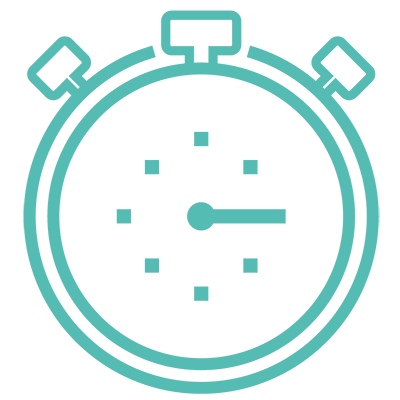
What it means for proposal professionals:
Workloads are full and proposal teams deliver results while keeping the cost of responding as low as possible. For businesses that use RFPs as a growth strategy, proposal teams must find ways to improve efficiency and effectiveness without additional resources. For many, RFP management software offers a solution, but we’ll share more on that later.
What it means for procurement professionals:
Vendor companies that have invested in the proposal function are going to be extremely focused on their return on investment. Generally, they will have an established proposal process and you can expect consistency and accuracy from these teams.
Because they are highly operationalized, they will expect excellence from you as well. To ensure your RFP receives priority, make sure it isn’t a copy-and-paste template. Follow RFP template best practices. For instance, provide plenty of background information and verify that all RFP questions are relevant to the specific procurement project.
58 percent of APMP members have two or more executives on their business development team.
Proposal teams report regular leadership involvement in many business development best practices. The three activities executives are most likely to participate in are:
- Opportunity fit
- Pricing strategy
- Win probability
In addition, there’s a correlation between teams with executive involvement in these areas and teams that report a win rate above 50 percent.
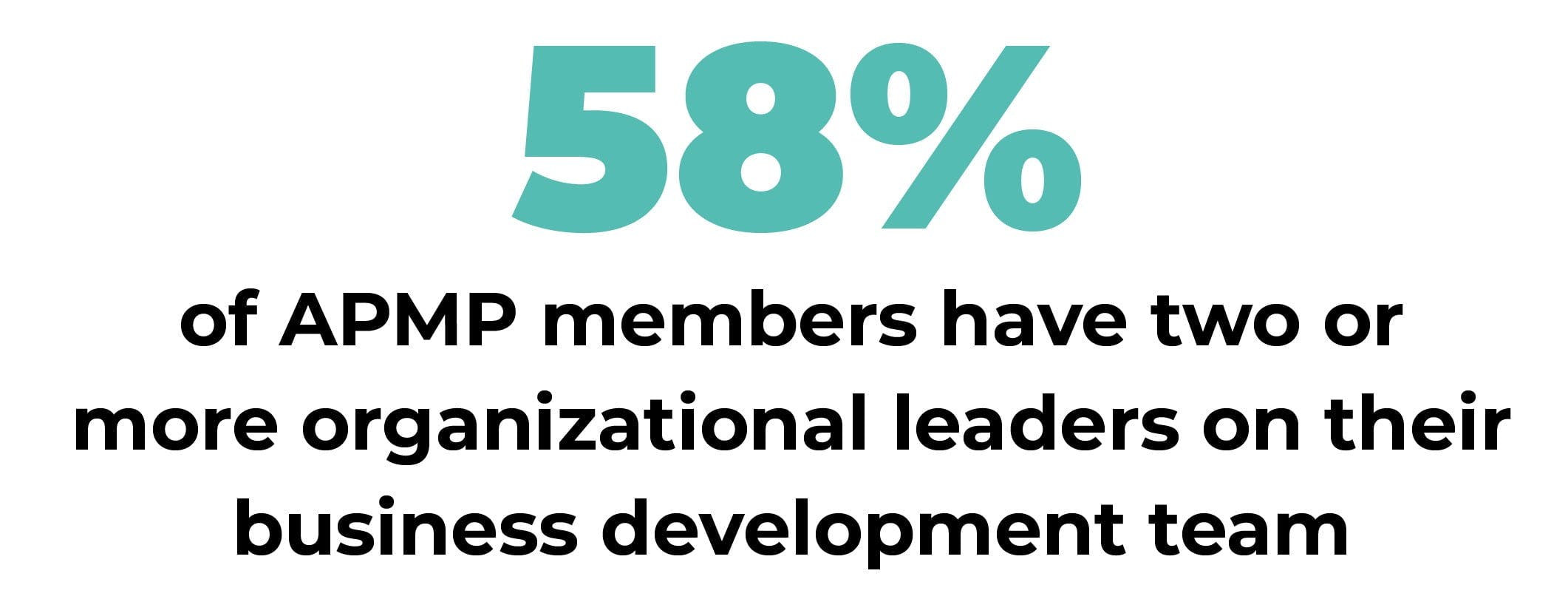
What it means for proposal professionals:
This proposal statistic indicates an opportunity to bring visibility to the practice (and your role in it). Indeed, the presence of leaders on business development teams indicates a growing recognition of the strategic importance of proposal management. Accordingly, this could mean more responsibility and resources for your team. However, it will likely also come with expectations of increased efficiency and higher win rates.
What it means for procurement professionals:
Additional executive overview in the proposal process may mean you can expect better, more complete proposals. The potential downside is that companies will be scrutinizing RFP opportunities more closely than ever. Consequently, your RFP will undergo rigorous gate reviews and discussions to bid or not to bid. So, if you’re already struggling to get vendors to respond to your RFPs now, start exploring why sooner rather than later to avoid an extended RFP timeline.
77 percent of proposal professionals say their proposal process isn’t ideal.
This proposal statistic is particularly interesting when you consider that 41 percent of APMP members report an impressive win rate of more than 50 percent.

What it means for proposal professionals:
It’s clear that success itself doesn’t necessarily mean that the proposal process is perceived as effective and functional. This feedback may be a general reflection of the stress and pressure inherent in the field. In fact, according to a survey conducted by Strategic Proposals, more than 88 percent of proposal professionals have faced a mental health problem related to their work.
Alternatively, it may indicate that simply answering proposals, using an inferior process, consumes the majority of available work hours. Consequently, time to debrief, review processes and explore optimization is limited.
What it means for procurement professionals:
There’s more that goes into answering your RFP than you may think. So, RFPs that are well-written, clear and concise are a kindness to your vendors.
35 percent of RFP proposal scores lack consensus.
This procurement statistic from the State of the RFP Report, may be directly correlated with the fact that the average RFP is scored by four to five individuals. In addition, it should be no surprise that for each evaluator added to the process, the gap in consensus and the time required for evaluation increases.
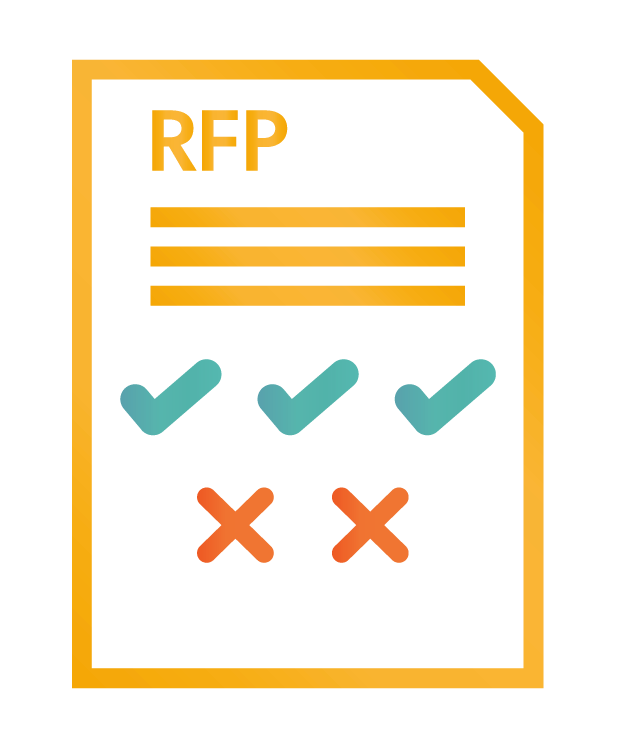
What it means for proposal professionals:
With more than a handful of evaluators, it is inevitable that a wide range of roles will be involved in scoring. As a result, the level of technical expertise will vary. So, honing a clear, concise and easy-to-understand message is absolutely essential.
This is particularly relevant for organizations that regularly face the same competitors in the RFP process. With each RFP opportunity comes the chance to further refine your message and update your proposal content library with the most effective message possible.
What it means for procurement professionals:
A longer RFP timeline means a costlier process. Explore ways to limit the number of evaluators involved in each procurement project. For those with RFP management systems, this can be accomplished by limiting the number of RFP evaluators by section or topic. Have each stakeholder score only the sections that are most relevant to them. In addition, weighted scoring and RFP automation can greatly speed the evaluation process.
75 percent of proposal teams with fully-adopted technology in place always finish their bids on time.
Interestingly, according to the The Deloitte Global CPO survey 2019, CPOs report that only 32% of suppliers are digitally enabled. Clearly, there’s a gap in expectations when it comes to digital transformation in the RFP industry.
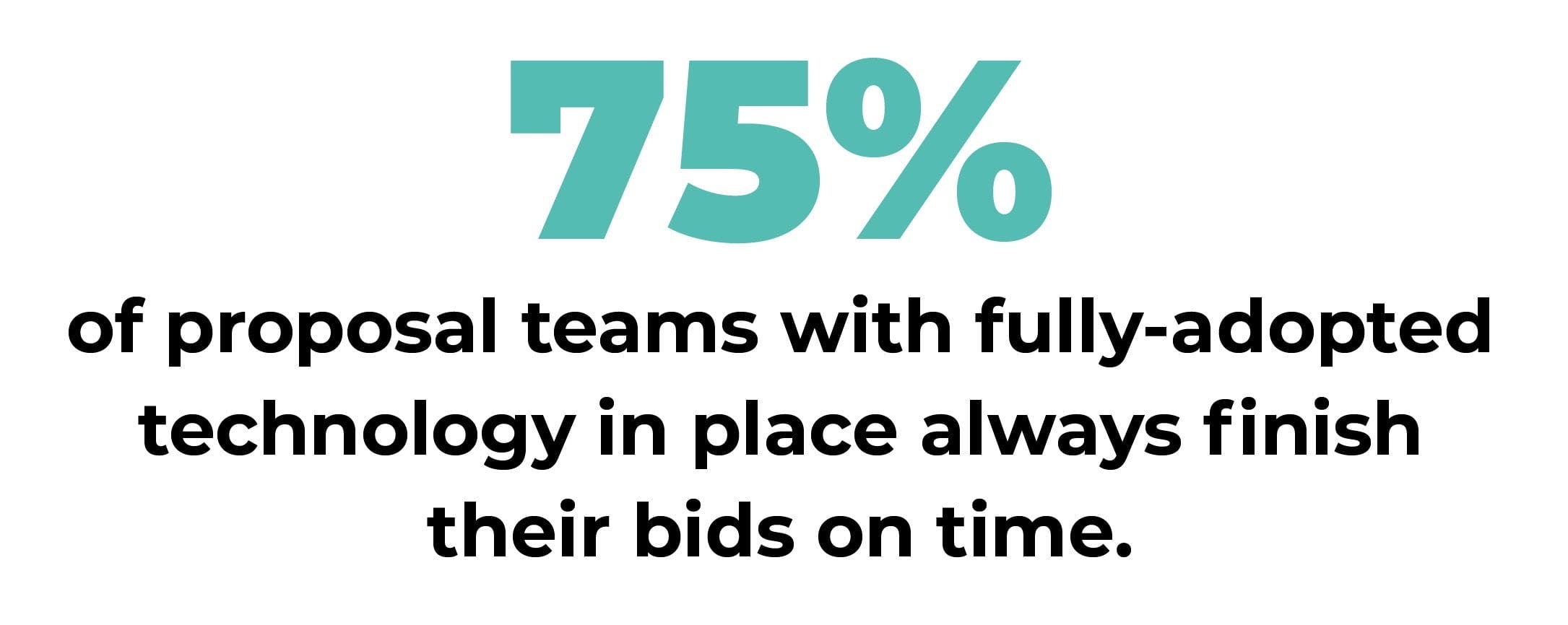
What it means for proposal professionals:
It seems clear — technology is key to success. However, simply having access to technology doesn’t necessarily mean that an organization will receive the benefits. Indeed, to be effective, the proposal team must fully embrace digital transformation.
What it means for procurement professionals:
When it comes to the gap in perception of technology adoption between proposal professionals and their procurement counterparts, it’s clear that vendors are willing to use technology. However, if the RFP management platform you leverage is difficult to use and requires vendors to copy and paste responses from an external, siloed proposal content repository, you may be facing an uphill battle.
Look for a solution that not only centralizes your process, but also provides customer support and a lasting knowledge library account for your invited vendors. It’s a win-win: a faster procurement process for you and a less frustrating proposal process for them.
The majority of proposal teams have a variety of technology tools available.
There is a wealth of RFP statistics about technology in the APMP report. Most APMP members report having access to a variety of request for proposal tools. The top three most used tools are proposal templates, content document libraries and graphics services. Additionally, each of these tools is rated useful or extremely useful by more than 80 percent of respondents.
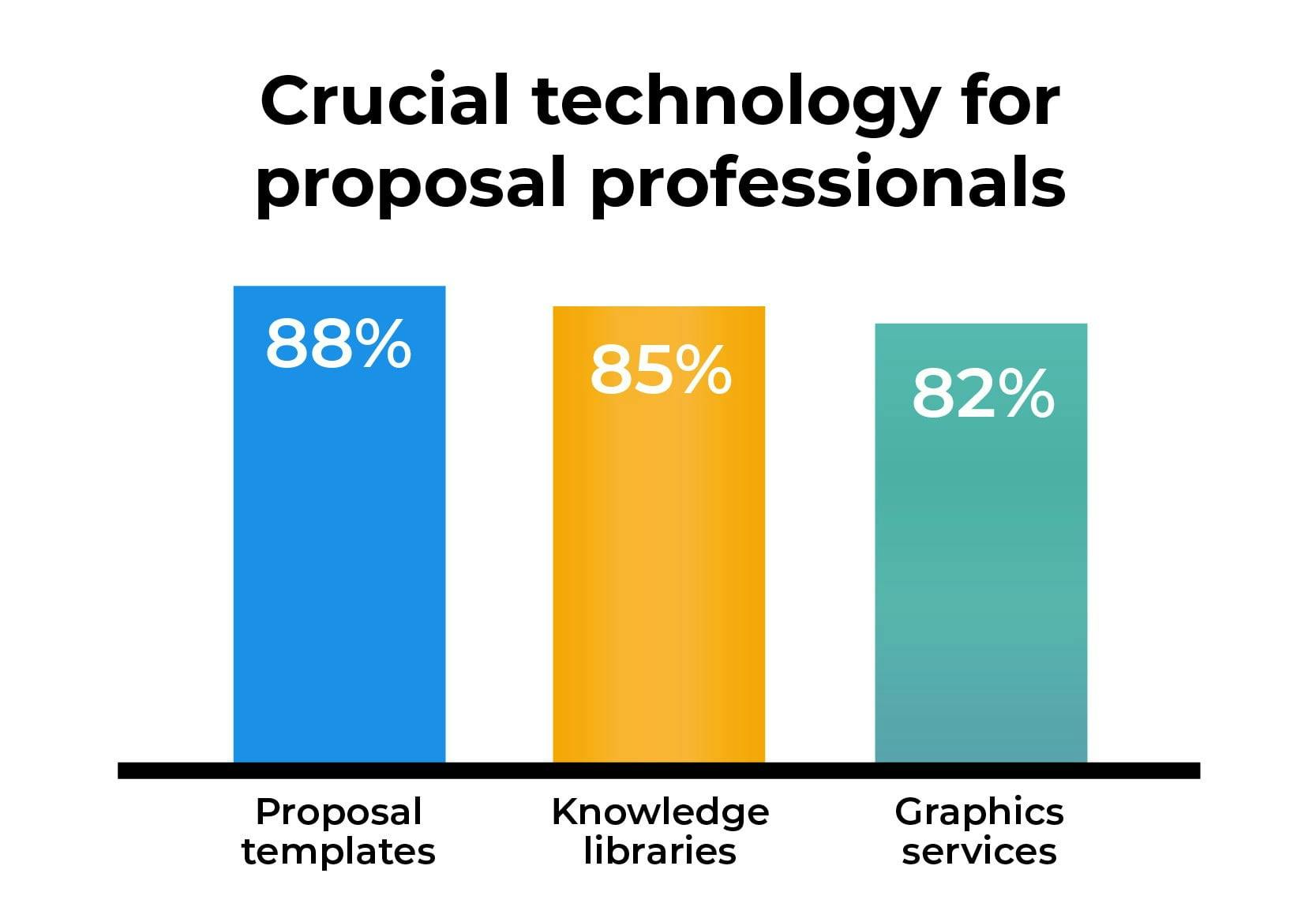
What it means for proposal professionals:
The availability, accessibility and variety of useful RFP response tools is growing. In the future, expect to see some consolidation in the market that will eliminate silos and inefficiency. In fact, even now, RFP management systems that empower use of proposal templates, knowledge library tools, graphics and video embedding, RFP automation and integrations provide the best long-term return on investment.
To explore how to maximize RFP technology return on investment, download the ebook: Measuring the value of RFP software.
What it means for procurement professionals:
Ideally, this RFP statistic means faster, more accurate proposals and a reduced overall cost of procurement.
84 percent of CPOs believe that digitization is important to improving procurement.
Among procurement leadership, technology is viewed as a key factor in reducing both cost and risk. Accordingly, CPOs are already exploring the next phase of digital transformation. For instance, many are actively evaluating ways to incorporate artificial intelligence, predictive analytics and machine learning into their processes.
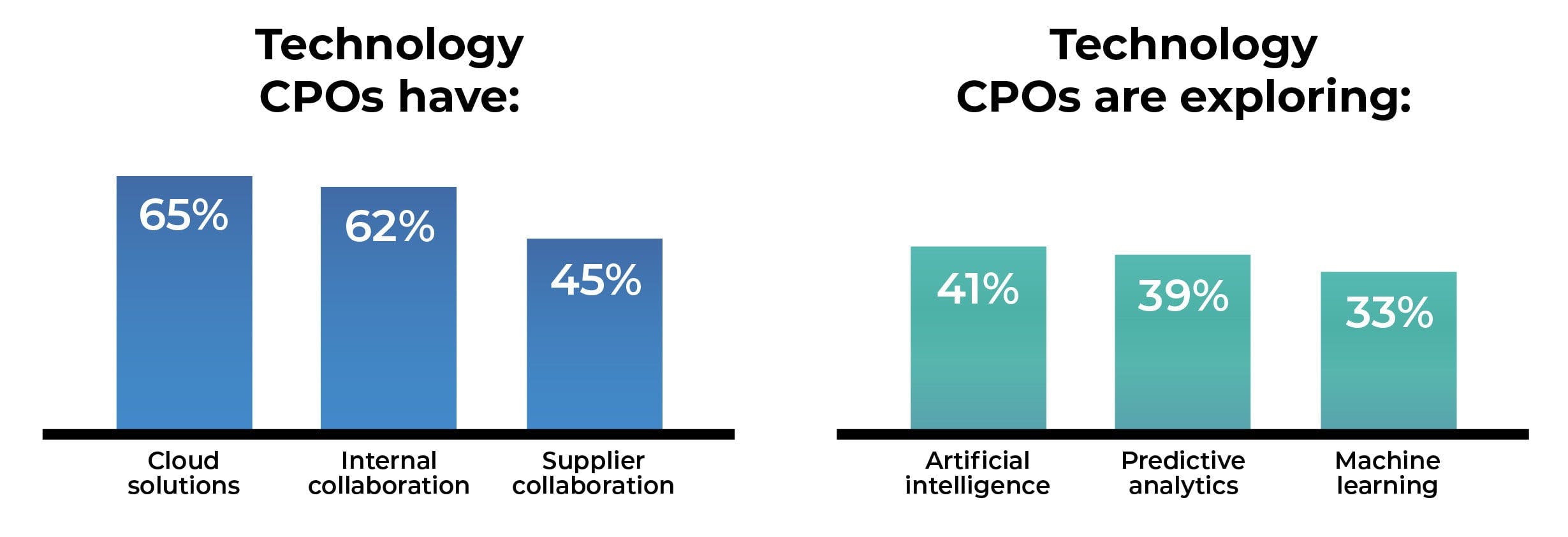
What it means for proposal professionals:
It’s time to get digital, now. These RFP statistics indicate that CPOs are driving their procurement teams toward digital solutions. And, sooner rather than later, these changes are going to impact how you do business with them. The longer you delay, the more likely you are to lose valuable customers who may love your company, but hate the archaic way it conducts business.
What it means for procurement professionals:
It come as no surprise that a primary focus of procurement leadership is maximizing value and reducing cost. But, the good news is, the RFP statistics indicate a willingness to invest in cutting-edge technology to empower your team to accomplish those goals. If your team doesn’t yet leverage an RFP management platform, it may be time to put together a business case for strategic sourcing software.
61 percent of CPOs believe that procurement-related risk has increased.
Organizations of all sizes know that partnering with the wrong vendor can be costly. Consequently, strategic sourcing which focuses on long-term partnerships over transactions in procurement, is growing in popularity. Accordingly, it was named a key area for improvement by 68 percent of CPOs.
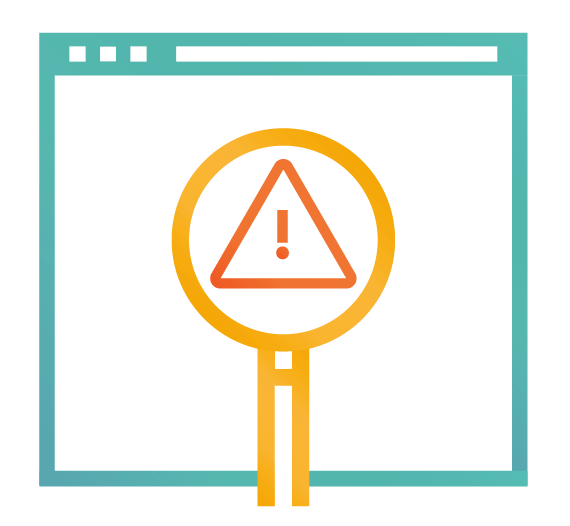
What it means for proposal professionals:
The increase in the use of strategic sourcing practices means a more collaborative RFP response process. Buyers seek true partners who can demonstrate a deep understanding of organizational goals and needs. The good news is that this presents an opportunity for more innovative companies to thrive. However, the increased focus on risk management also means receiving more due diligence questionnaires and security questionnaires to ensure compliance.
What it means for procurement professionals:
Risk management has always been a crucial part of procurement. Regular due diligence questionnaires and vendor assessments likely don’t represent a huge change in procedure for most procurement teams. On the other hand, the shift to strategic sourcing has made RFP responses more detailed and nuanced. Therefore, evaluation and weighting responses manually is time consuming. In addition, procurement teams are in closer contact with stakeholders invested in each procurement project as well as the departments related to risk management. For instance, more collaboration is likely between procurement and IT, finance and legal.
57 percent of CPOs say quality of data is a barrier to technology adoption.

What it means for proposal professionals:
While large-scale data collection may still be a few years in the future, procurement teams are laying the groundwork now — and so should you. We’ve speculated in the past about the future value and importance of RFP data. Ultimately, all indications are that proposal teams with technology that enables better data capture will have a distinct, strategic advantage over competitors in the future.
What it means for procurement professionals:
At the executive level, there’s a general understanding of the importance of data and it’s potential, however, there seems to be a great amount of uncertainty about what to do next. Generally, for procurement professionals, the primary barrier may be the number of systems that have data with no effective way to bring it all together.
In B2B purchasing, 67 percent of a buyer’s time is spent on internal discussion and research.
According to the key takeaways report from Gartner’s CEB Sales and Marketing Summit, only 17 percent of a buyer’s time is spent meeting with potential suppliers.
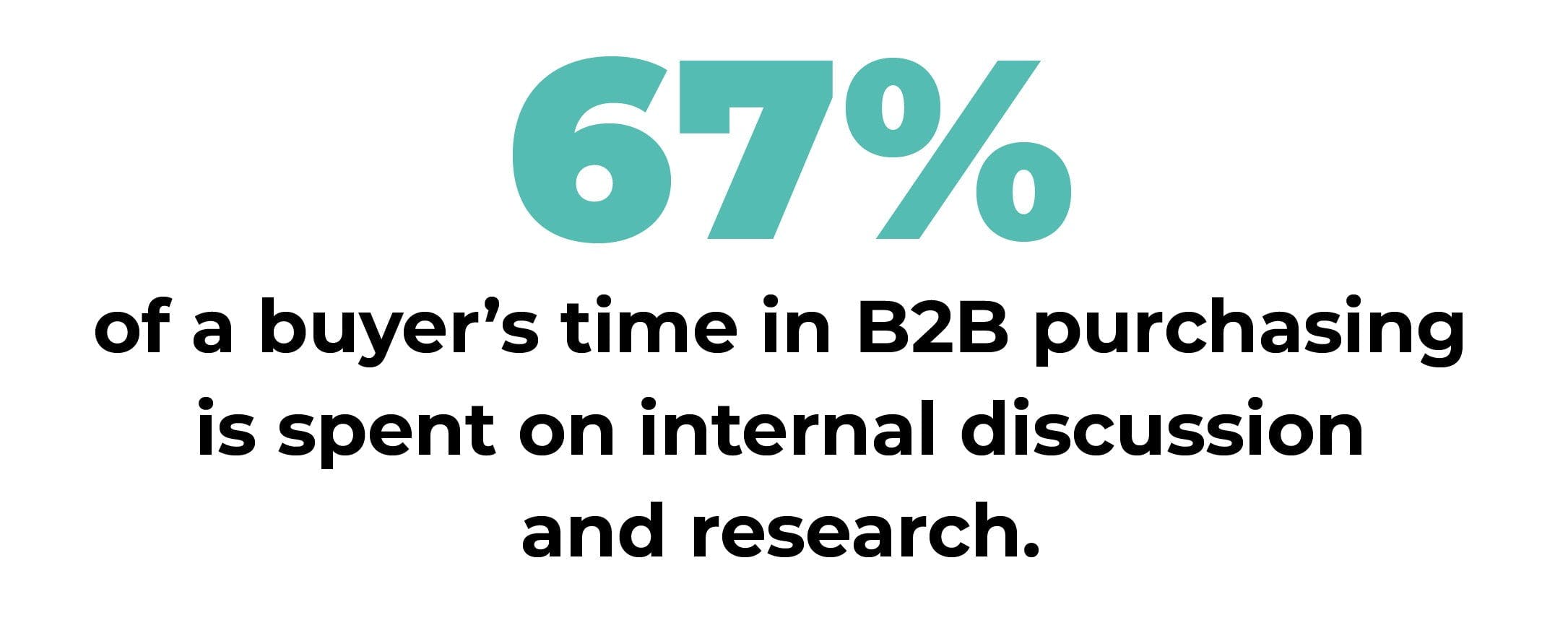
What it means for proposal professionals:
Ideally, this means a more educated buyer and shorter RFPs. However, it also means the buyers likely know your competitors, so you can’t depend on traditional face-to-face sales practices. To improve your chances and leverage your relationship early, explore developing a capture management plan.
What it means for procurement professionals:
Nothing but good news here. As you might expect, your independent research pays off. Generally, the result is shorter RFPs, more focused short lists and increased transparency throughout the RFP process.
On average, a public sector RFP is 116 pages long and a resulting proposal is 144 pages.
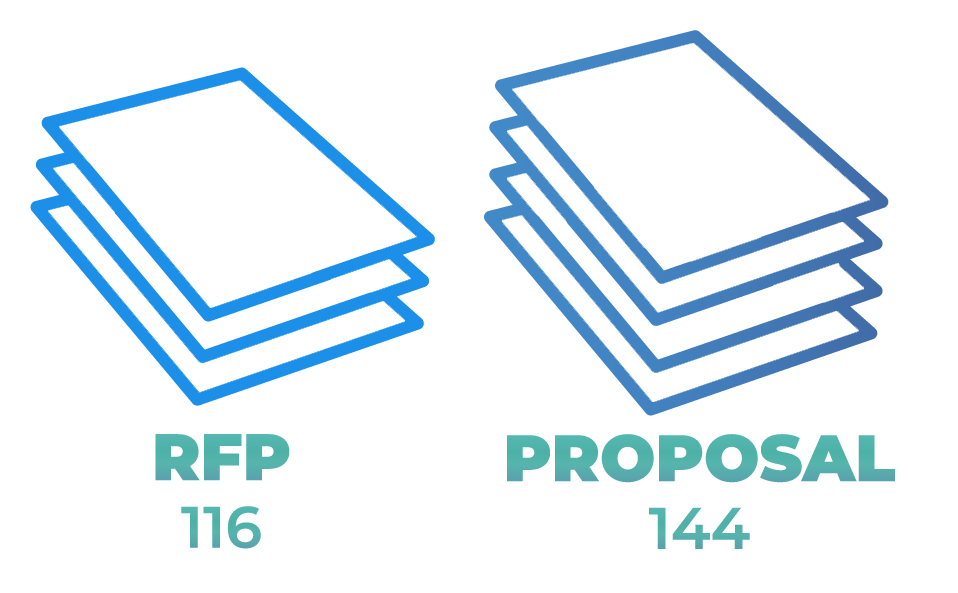
What it means for proposal and procurement professionals:
The takeaway from this RFP stat is the same for everyone. Both procurement and proposal teams juggle increasing responsibilities and consistently full workloads. At the same time, both sides want to build mutually beneficial partnerships. Ultimately, the future of RFPs must take into account the full-circle RFP process. Both buyers and sellers that use RFPs to connect must embrace technology, collaboration and transparency to drive long-lasting efficiency and effectiveness.
